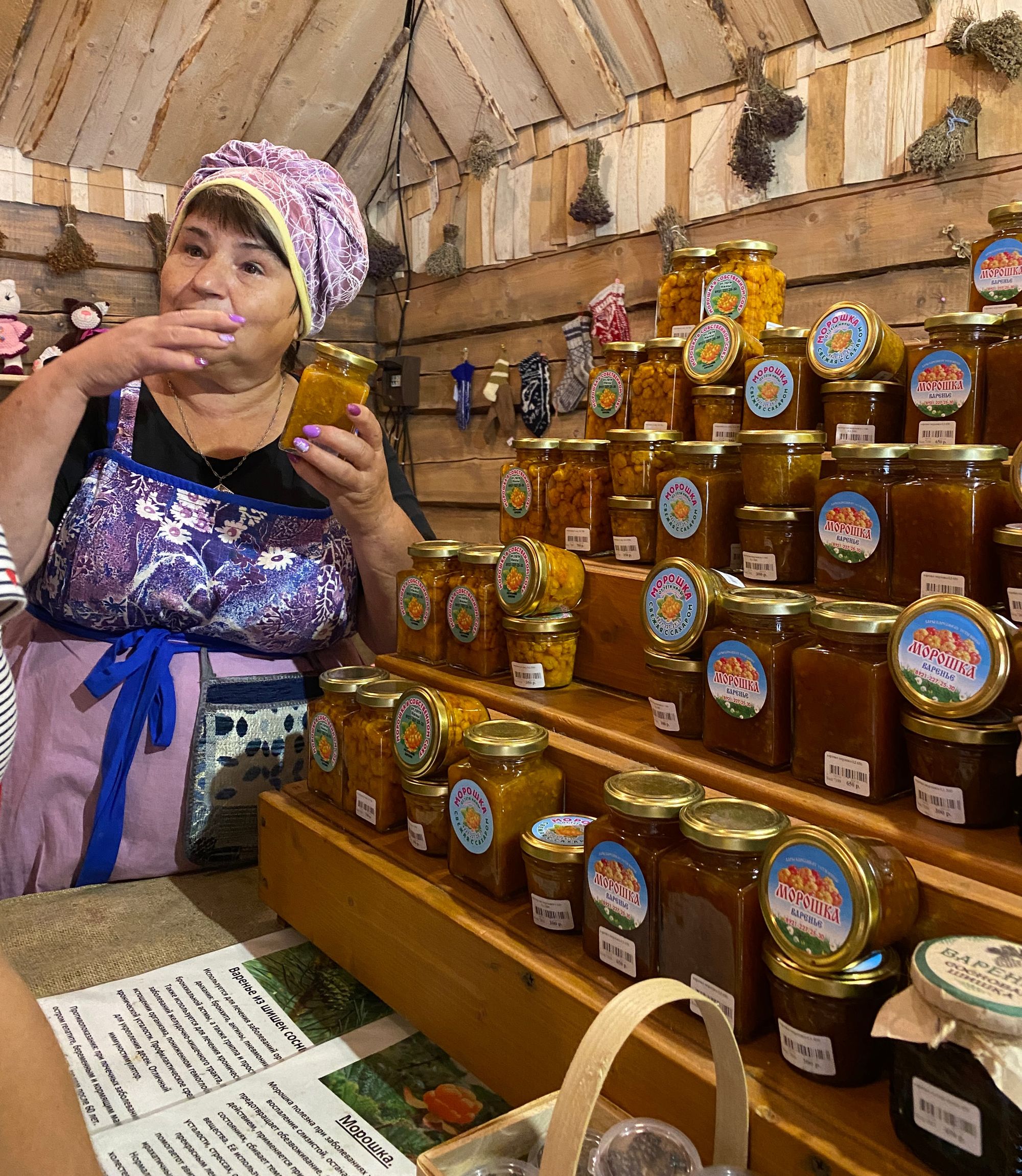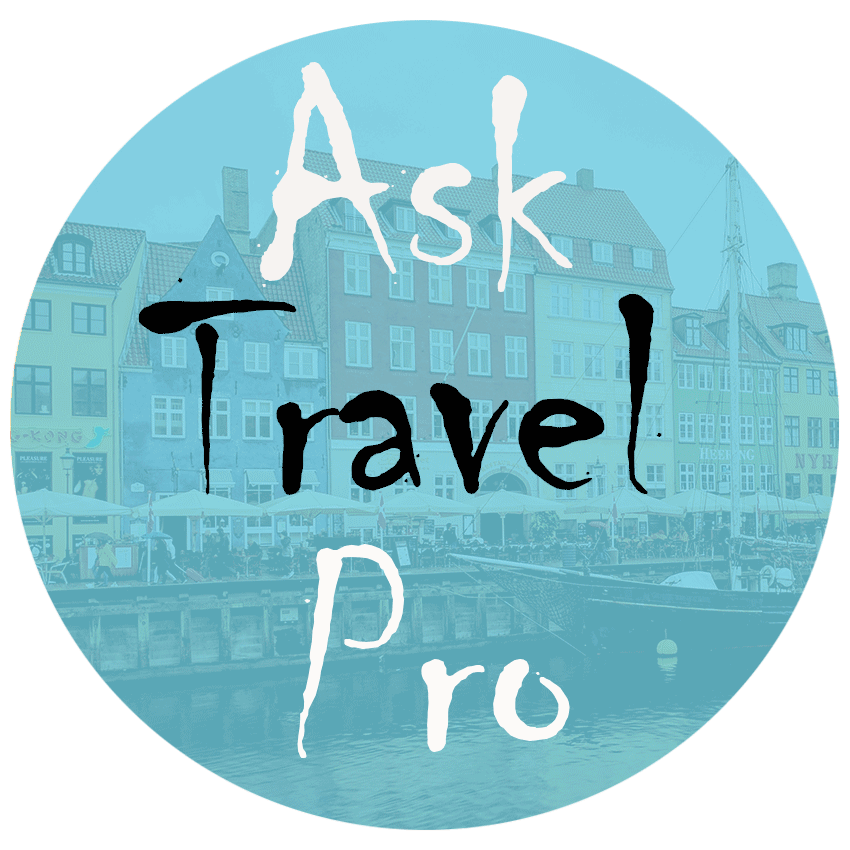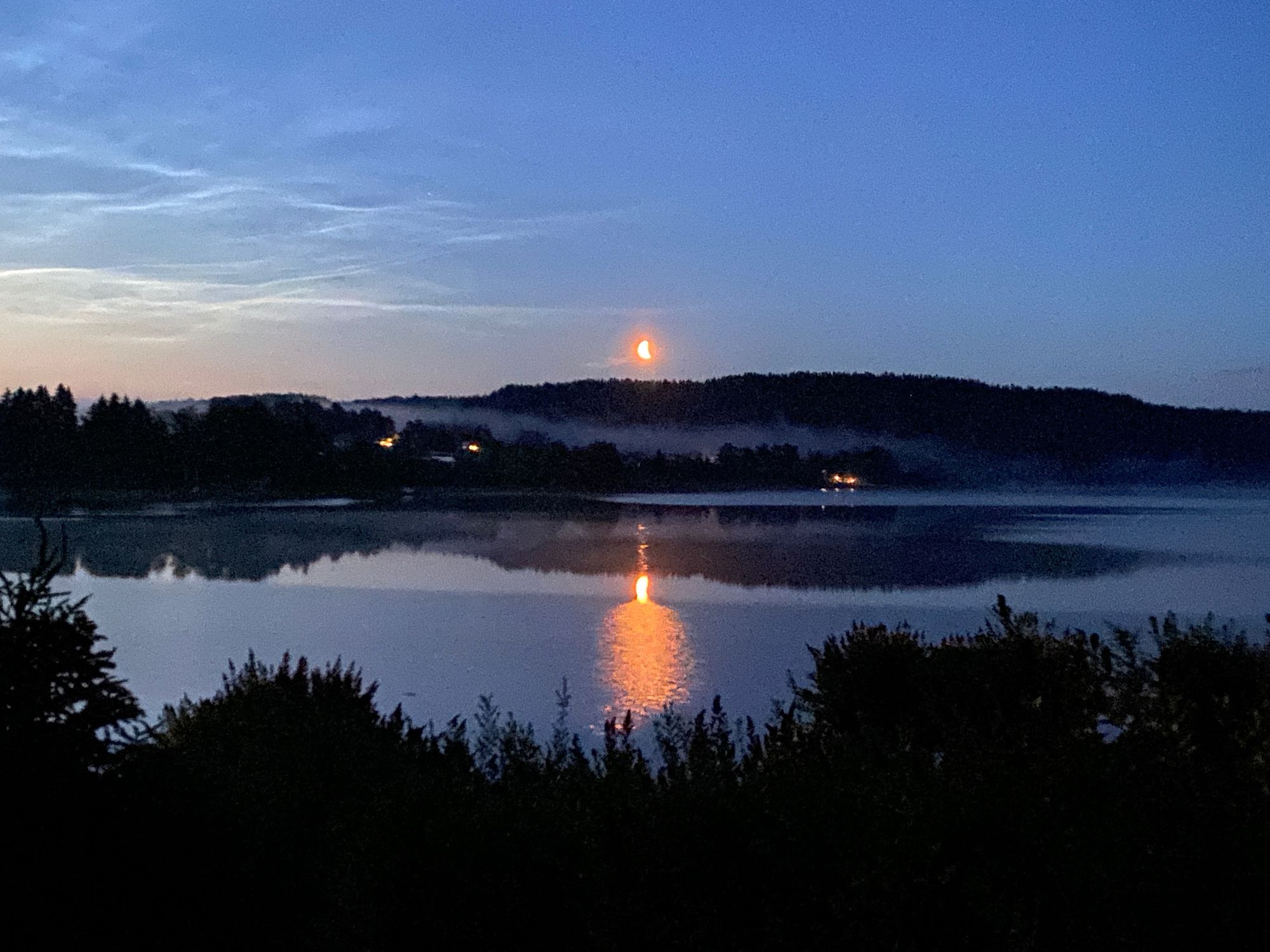
Ladoga
is the biggest freshwater lake in Europe. It lies just northwest of Saint Petersburg, covering more than 100 square miles. This deep glacier-created Northern lake is no joke when it comes to the storms in a rapidly changing weather year round. And yet, people have been sailing its waters in wooden rowboats and sailboats for centuries. During some cold winters the lake freezes so it is possible to make it from one island to another by sleigh, on horse, on skis, or nowadays in a car. There are over 660 islands scattered around the lake creating the famous Ladoga skerries, most of them in the Northwestern part of the lake in the Republic of Karelia. Karelia has a border with Finland and over the past few centuries the border moved here and there, so it’s no surprise that part of its population are ethnic Finns and a lot of villages have Finnish names.
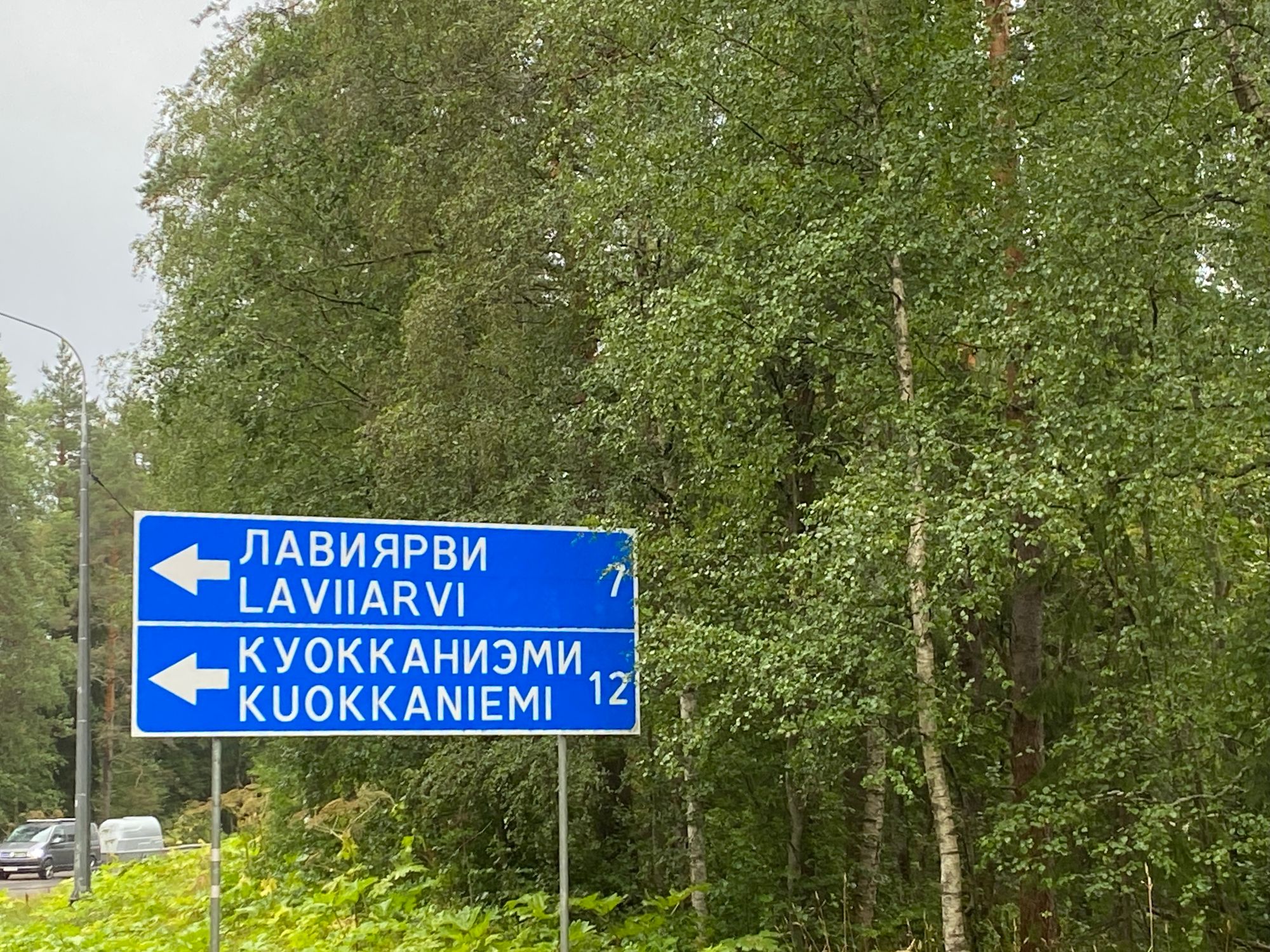
Here is an interesting fact about Karelia: despite being populated in large part with Finns, Karels and Veps, (the latest were probably the first inhabitants of this land) the only state official language there is Russian.
To visit Ladoga skerries and the famous Valaam Island one can take a train from Saint Petersburg to the town of Sortavala, rent a car (it takes about 4 hours to drive there) or join an organized bus tour.
Railway tickets Sankt-Peterburg to Sortavala and train timetable
More info on getting to Ladoga shores:
Saint Petersburg to Sortavala - 5 ways to travel via train, and bus, and taxi
There are also some private tours leaving from Saint Petersburg, but to me they seem insanely expensive. If money is not a question - go for it; otherwise, I would recommend getting to Sortavala in a rented car or take a train (about $10 per ticket). Plan to stay in some hotel or resort cabin for at least 2-3 days: one day for visiting Valaam island, one for the nearby Ruskeala nature mountain park and one for skerries tour, either in small motorboat or kayak.
Note: if you do not speak Russian, it’s better to arrange for a translator or learn at least some basic words and expressions, since most of the people there do not speak English, unless it is an organized English-spoken tour.
Thinking of learning Russian? Check here!
Valaam island
is widely known for its monasteries, the oldest dating back to at least the XIV century. Its history is filled with ups and downs, changing hands back and forth between Russia and Finland, between religious authorities and communists and so on. Now monasteries are in the new blooming phase, while local people are slowly squeezed out of the island as monasteries need more land for new buildings and farms. As of now there are more than 50 churches, hermitages and chapels on the Valaam archipelago. It is believed to be a sacred place and you’ll see a vast amount of pilgrims walking from one church to another. You can join the pilgrims and walk, but in order to see more monasteries it’s better to hire a local guide with a car or van. We were lucky to hire Victor, a local man who grew up on the island. He took us in his well-beaten Toyota to some distant and less visited chapels, talking about the past and present times on Valaam. During WWII Valaam was the home of a ship boys school, and shortly after the war, the former pilgrim hostel was converted to the disabled veteran ward.
In 2000-s old churches underwent restorations, and a few new ones were built. Some chapels are so small they could fit no more than 6-8 people at time.

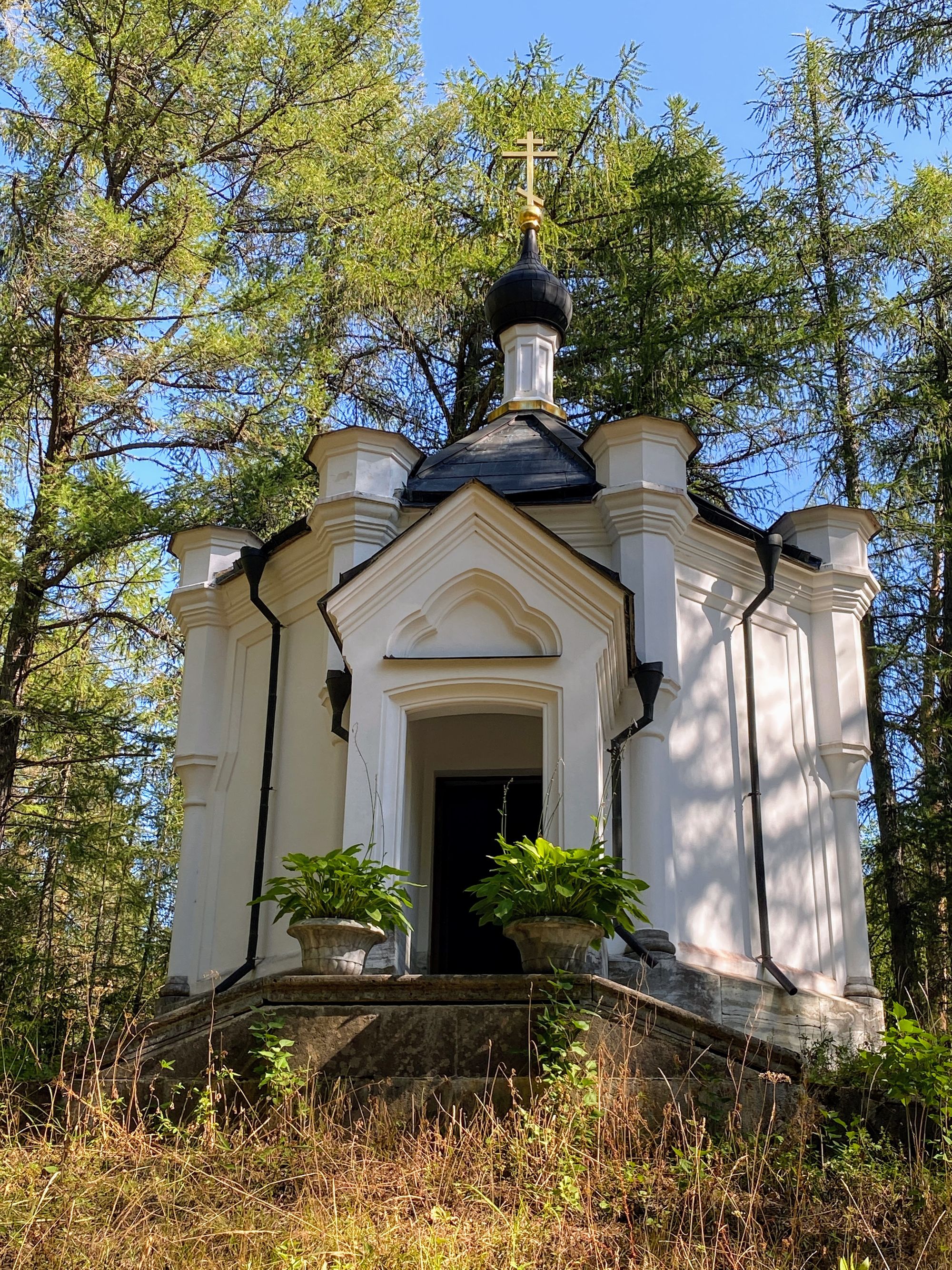
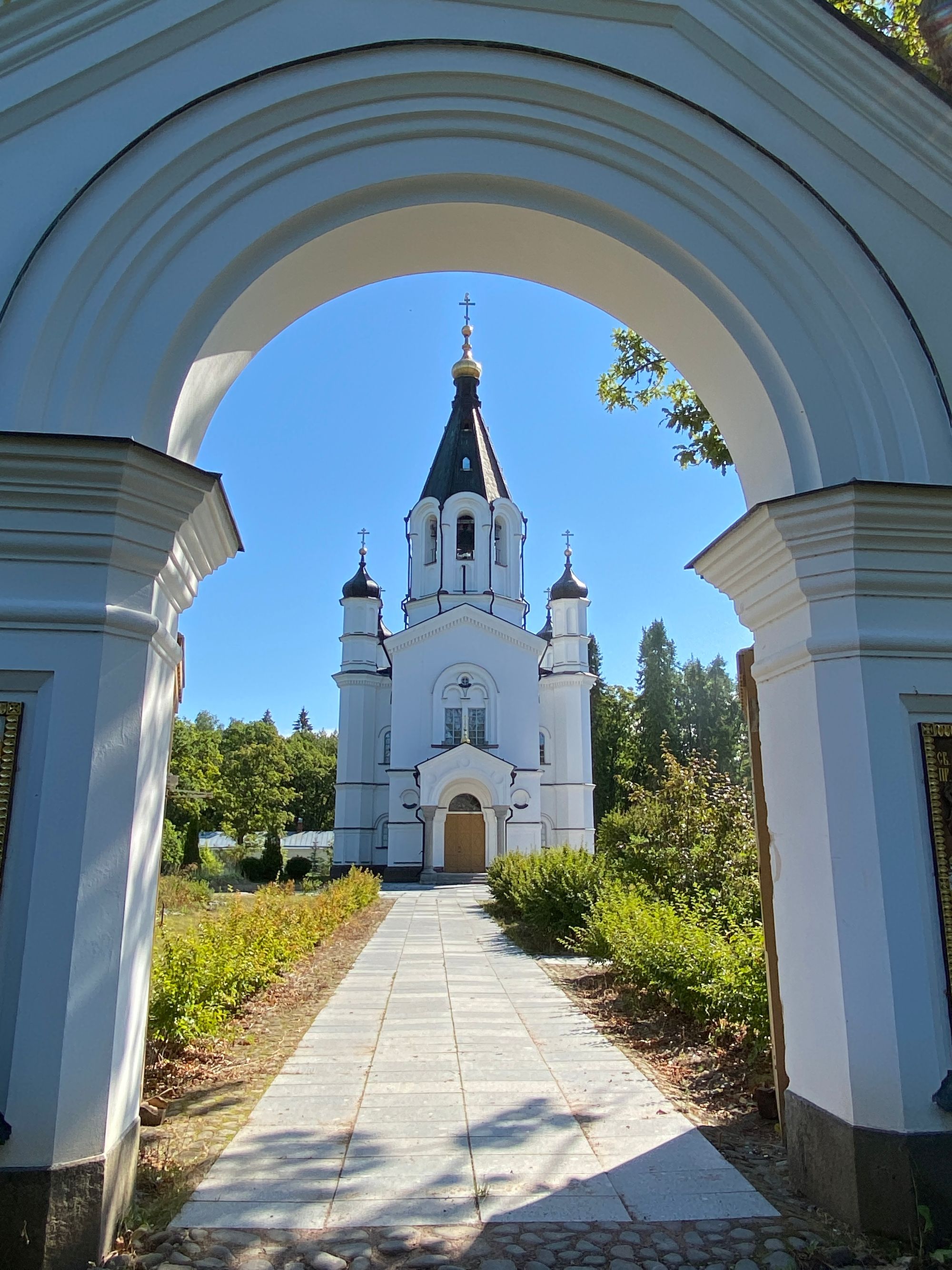
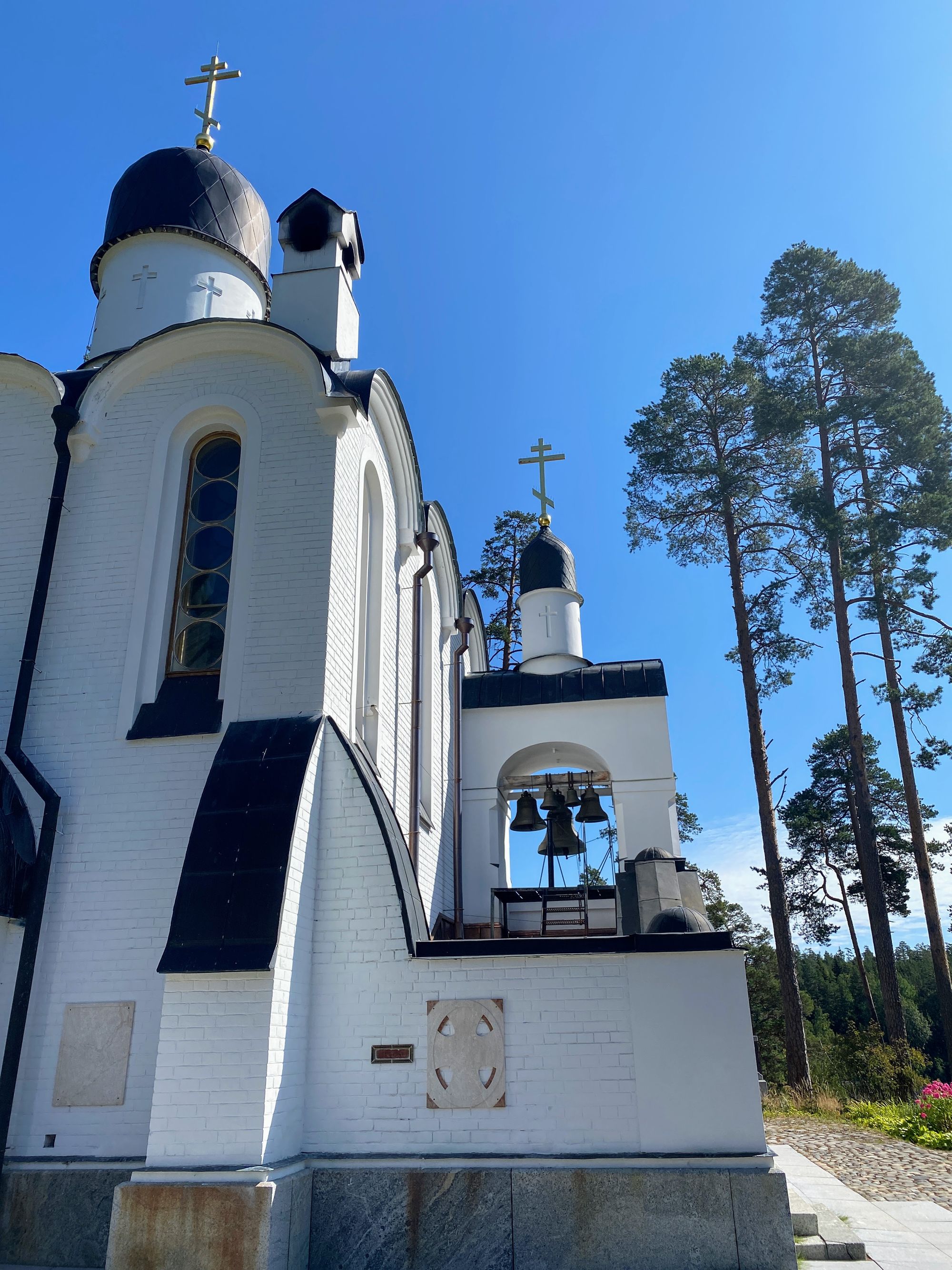
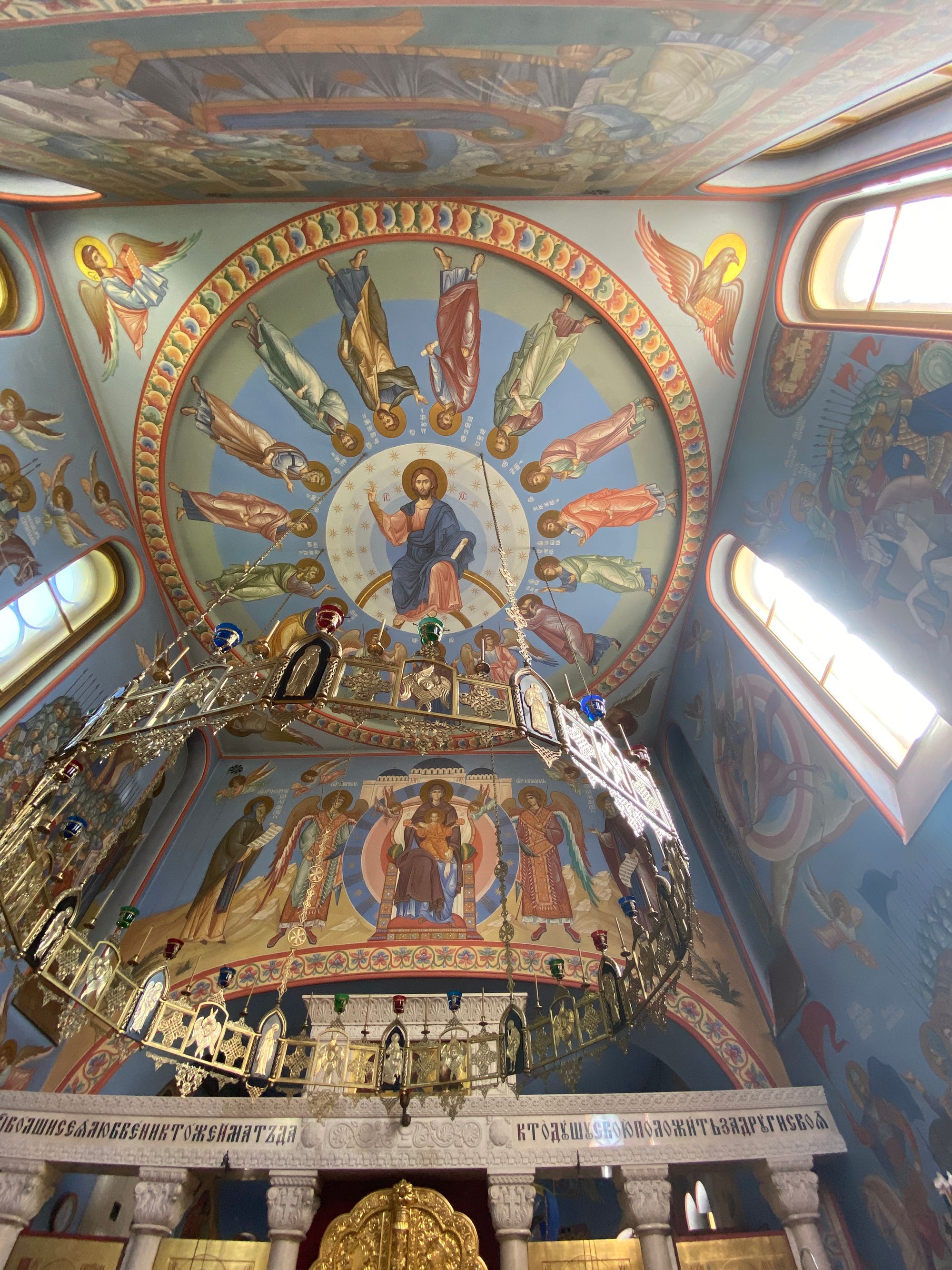
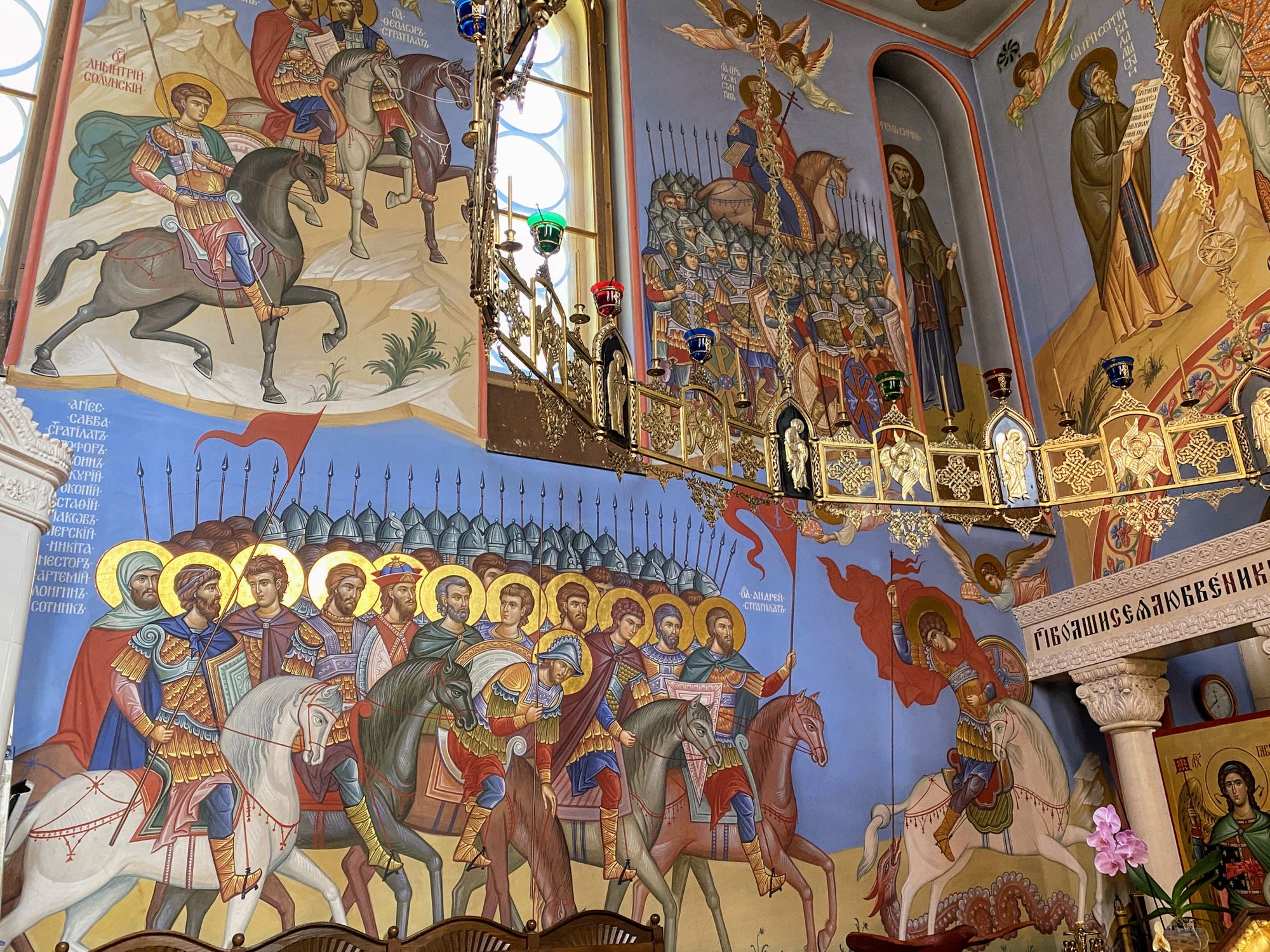

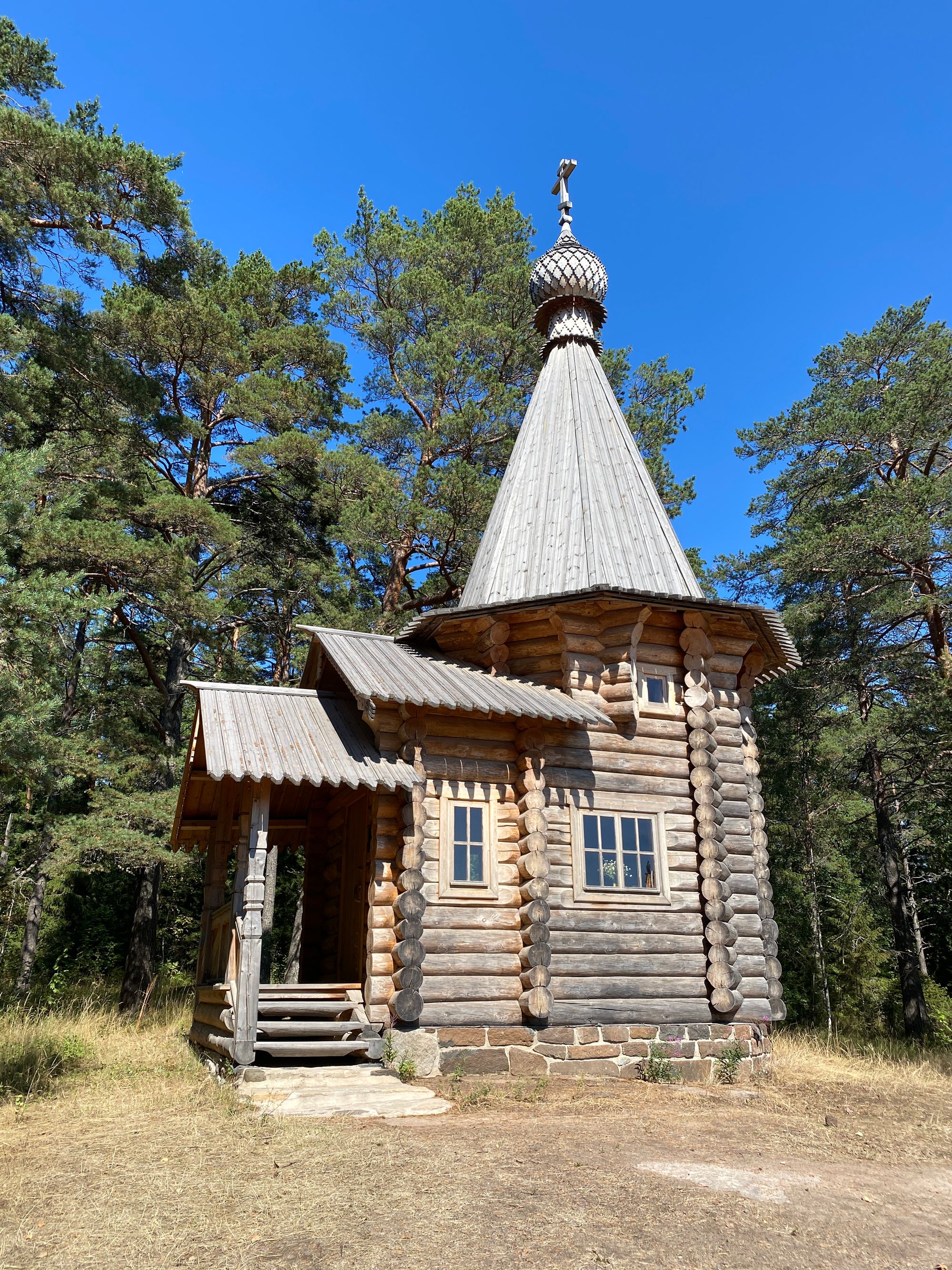

In summer, days in Karelia are quite long, so if you are getting to Valaam in a small motorboat, there is a chance you’ll have enough time to explore skerries on the way back to Sortavala. Ask the captain when you book a trip. Large Meteor ships will go straight back to the port of Sortavala, though.


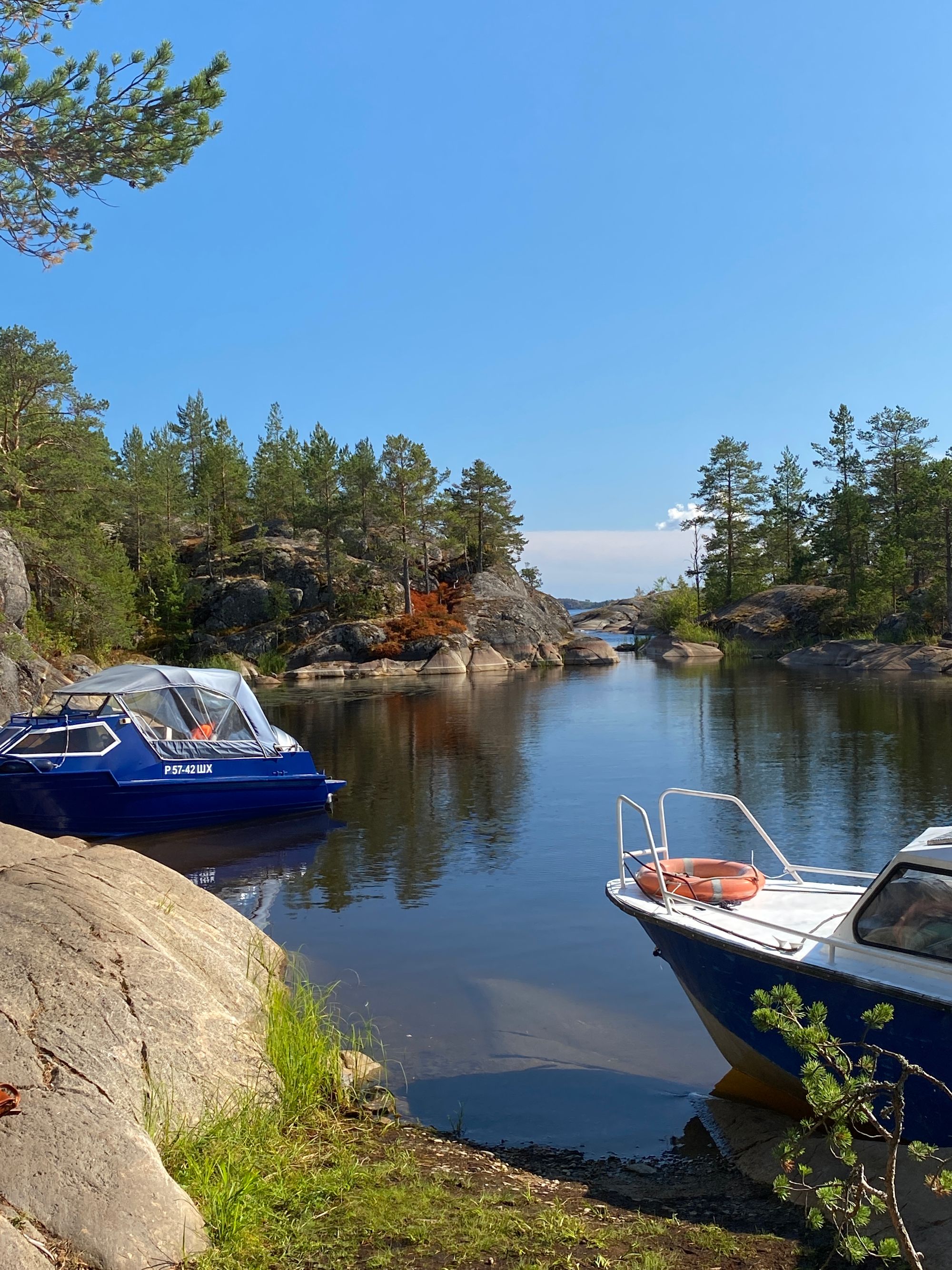
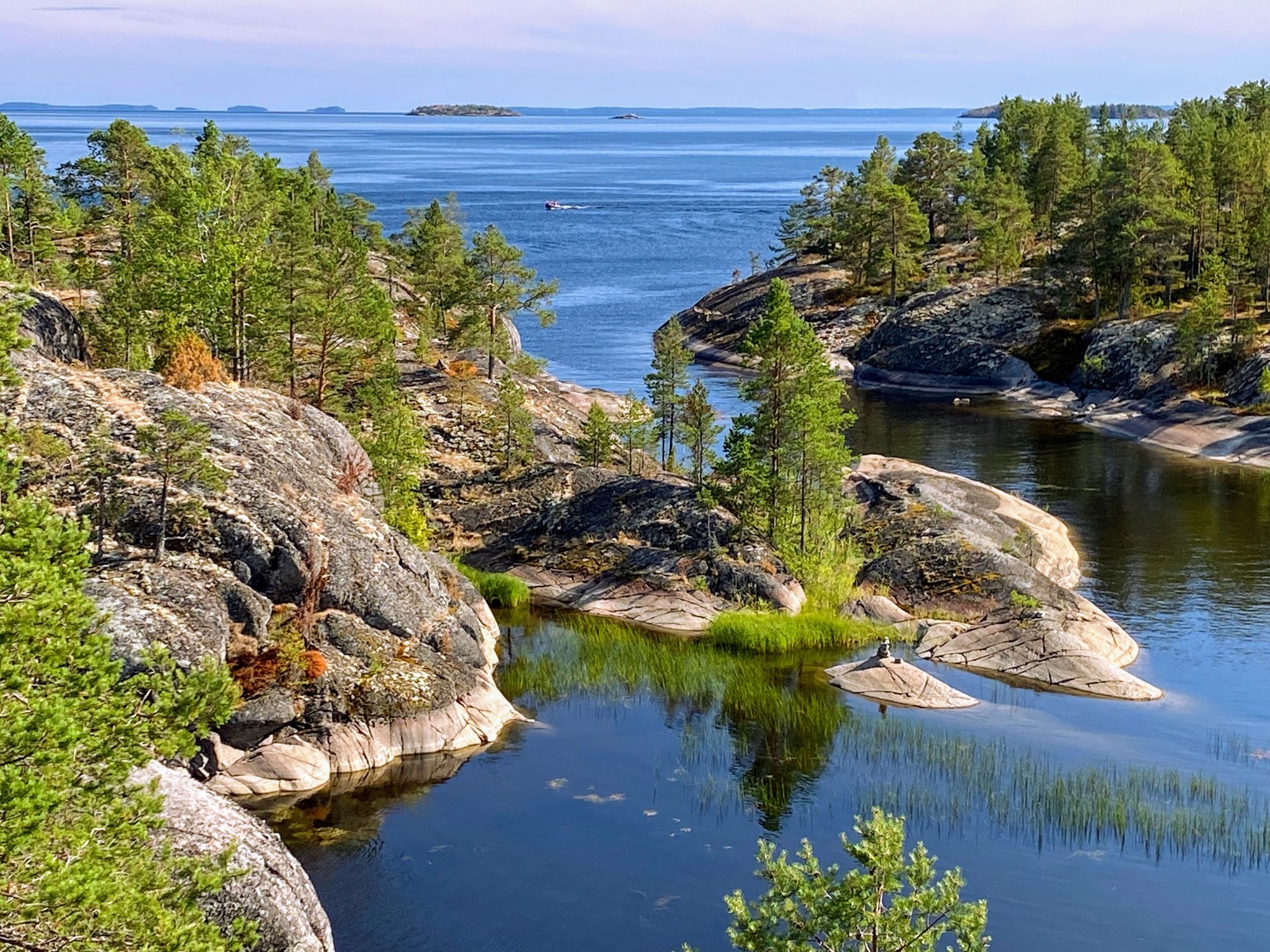
Kayaking in skerries is another way to explore at your own pace. But do not forget that you’ll propel the kayak with your own muscles. That means plan your trip wisely, know your limits, keep track of time and keep in mind that weather on Ladoga may change rapidly. Always start paddling upwind so that on the way back when you are tired, wind in your tail will help you get home. And stay within easy reach from the shore.
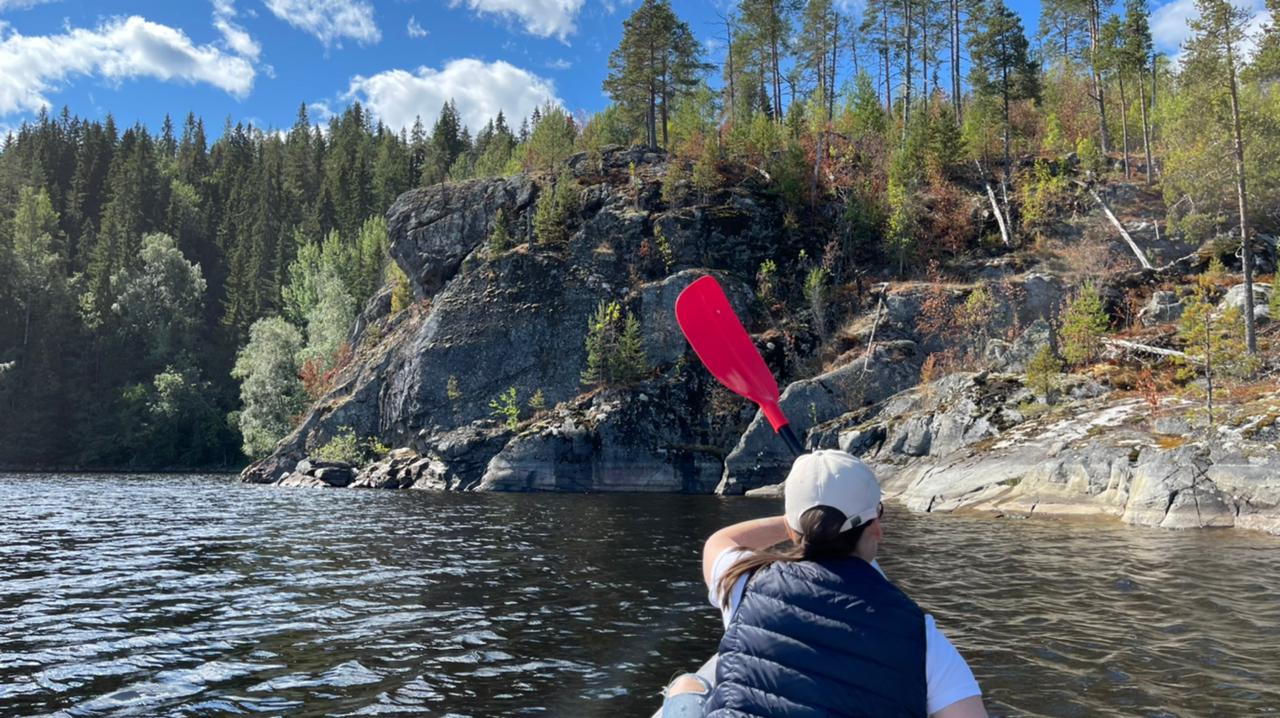
Ladoga is a fisherman’s paradise: with its 50 fish species there is a big chance to score one or two or three fishes and have a dinner prepared from fresh catch. Most of the cabin resorts on the lake are equipped with charcoal grills and also have fishing rods for rent. No fishing permit is needed.
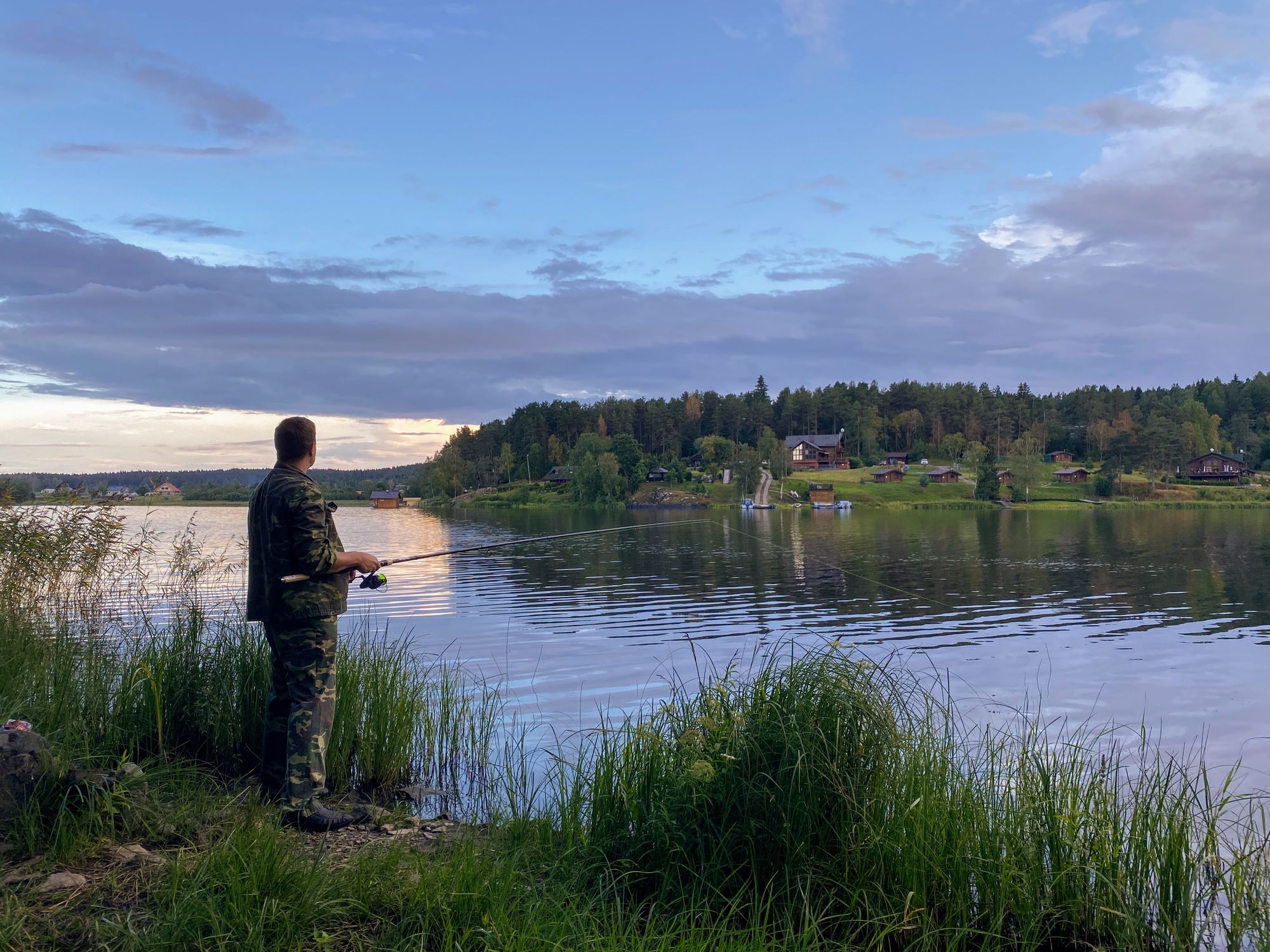
Ruskeala mountain park
Ruskeala park could be set as an example of a successful conversion of an old industrial site into a beautiful nature destination. It used to be a marble quarry for quite a long time. In the XVII century when Ruskeala belonged to Sweden, they started to mine marble. Later, after the Northern war, this territory became part of the Russian Empire and in the late XVIII century the site was used to mine marble slabs for Saint Isaac’s Cathedral in Saint Petersburg.
In the early XIX century Ruskeala’s marble was used in another giant project: Kazan Cathedral in Saint Petersburg. After that, mining works continued up to the end of the XX century.
In order to get the marble, the slopes had to be blown up, creating a deep and wide canyon. When active mining stopped in the 1950s, the canyon gradually filled with water from underground streams and Ruskeala lake was born.

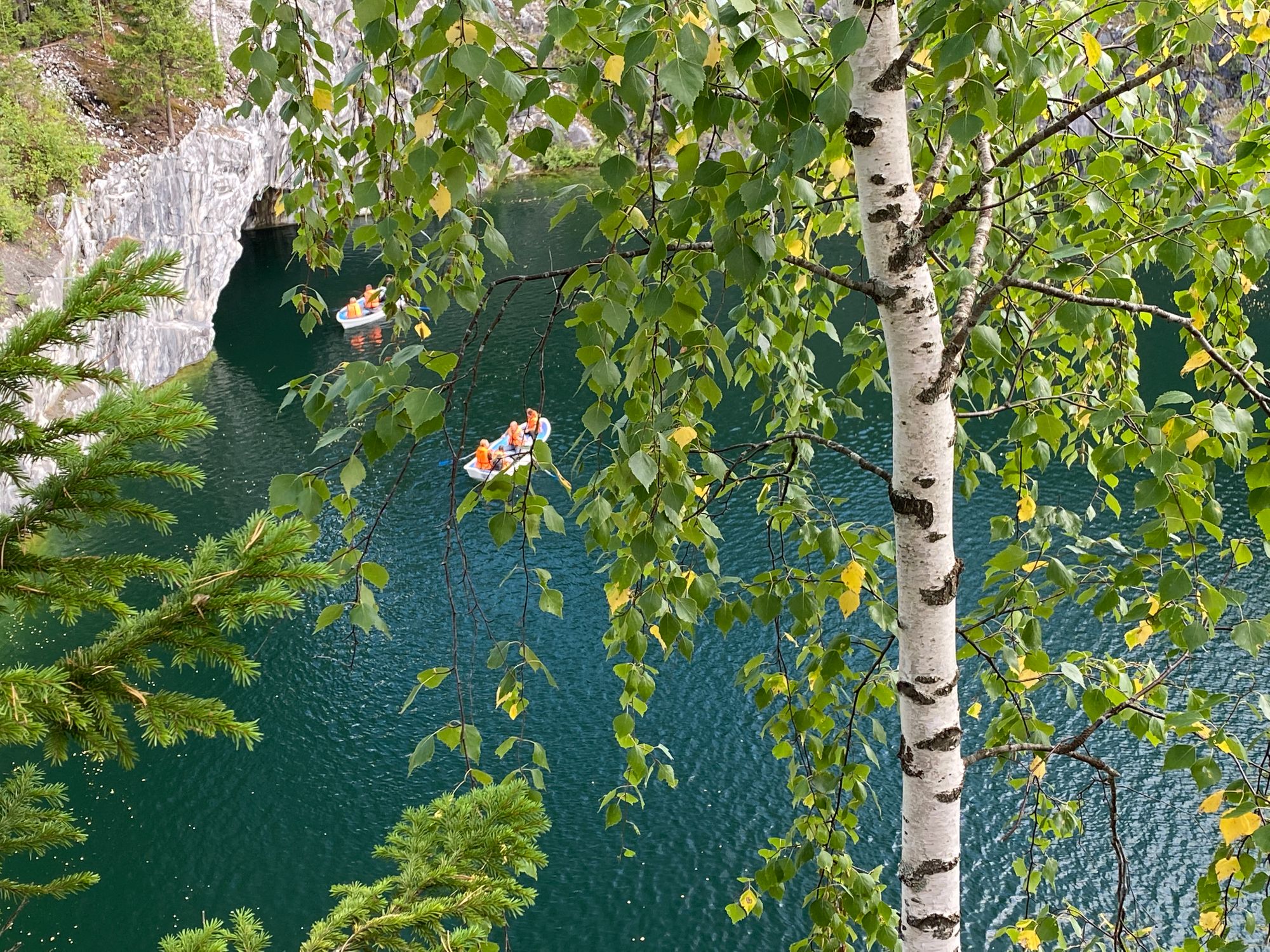
Activities:
Hiking/walking
There is a very well developed loop trail around the lake. For the more spectacular views head counterclockwise and do not miss any of the viewing platforms! Another trail will lead you to the Italian marble quarry (actually it was the same marble but it was cut like giant stairs with Italian technology). There are also a couple of additional trails: to the Stone garden and some rocks but they are paid separately at their entrance. More info here
Boat trip
You can rent a boat for about $14/hour and paddle around the lake. The water is so clear, you can see through all the way to the bottom, which is up to 50 meters deep. Rentals are available May to October.
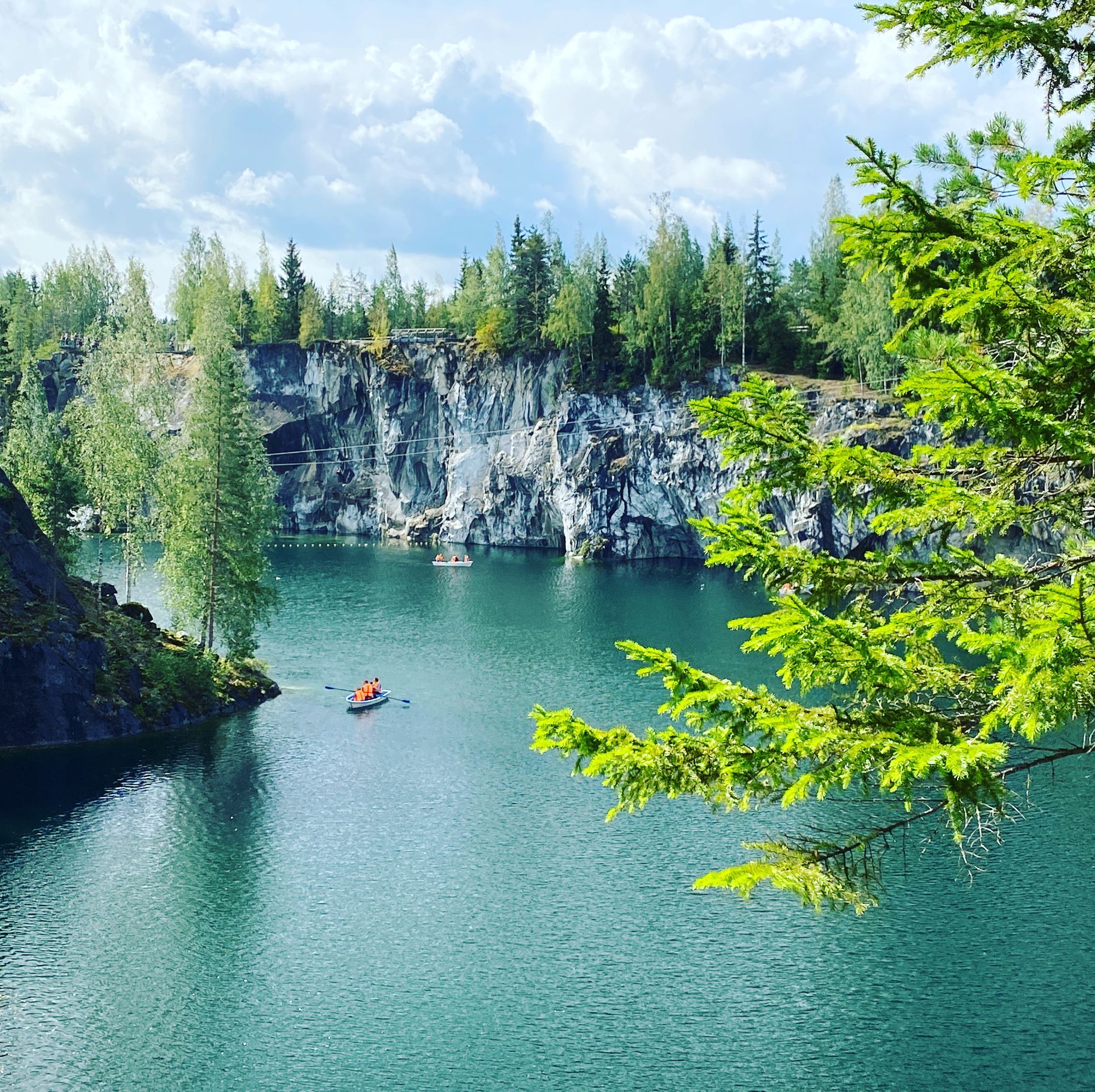
Zip line
400 meter (1312.34 feet) long zip line goes above the lake and offers a bird’s eye view for adrenaline lovers 7 years and older. Single ticket $20.
Underground tour
Follow magically lit tunnels to the underground lake, hear sacred Karelian music and listen to old mining stories during a one-hour guided tour. $28 per person More info
Restrooms
This is the most mysterious part of the park. We saw an arrow sign saying “Restroom this way, 600 feet”, followed it, never found the goal and some 1000 feet away saw another sign saying “Restroom that way, 2000 feet”. Long story short, we did not manage to find that mysterious object inside the park. Fortunately, there are nice clean restrooms outside, right in the parking lot.
Ruskeala express
A real retro steam train runs between Sortavala and Ruskeala every hour. It consists of 5 coaches including one “Tzar” restaurant coach, all of them are decorated in 19th century style. Travel time - one hour and fifteen minutes. Ticket prices vary ($5-$13 per person) depending on the time of the year, major holidays and proximity of the trip.
Tickets can be bought online through the RZD.RU portal that sells all the train tickets in Russia or at the train station. More info
Traveling in Russia with children? Keep in mind that for most attractions children’s tickets are sold for discounted rates and anyone under 18 is eligible for a child’s rate (Do not forget to show a cashier a document with the date of the child’s birth).
Foods to try
As I mentioned before, there are a lot of fish in Ladoga, plus there are numerous trout farms on the small surrounding lakes, so fresh and smoked fish can be bought almost everywhere around Sortavala. And this is very delicious, you wouldn’t want to miss it!
There are many varieties of fish soup, including traditional clear fish soup, salmon soup with cream, three-fish soup baked in a clay pot covered with a dough lid.
As for local specialties, try a kalitka: a small open pie filled with mashed potatoes, mullet porridge or sweetened cranberries. All varieties are worth trying.
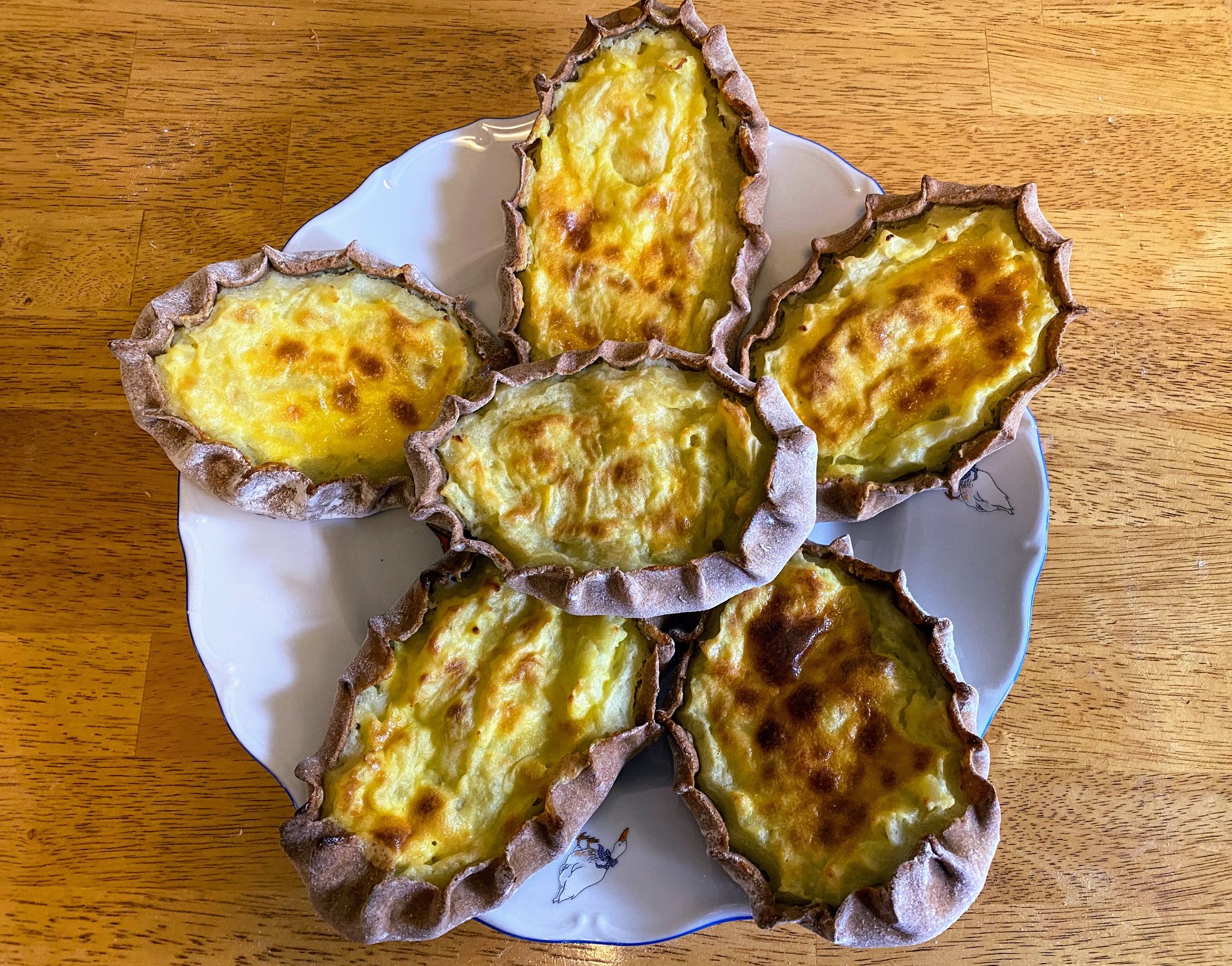
And do not miss cloudberry and cranberry jams, small fragrant pine cones in sugar syrup and rye crepes. Here is the local lady who makes and sells her homemade jams:
